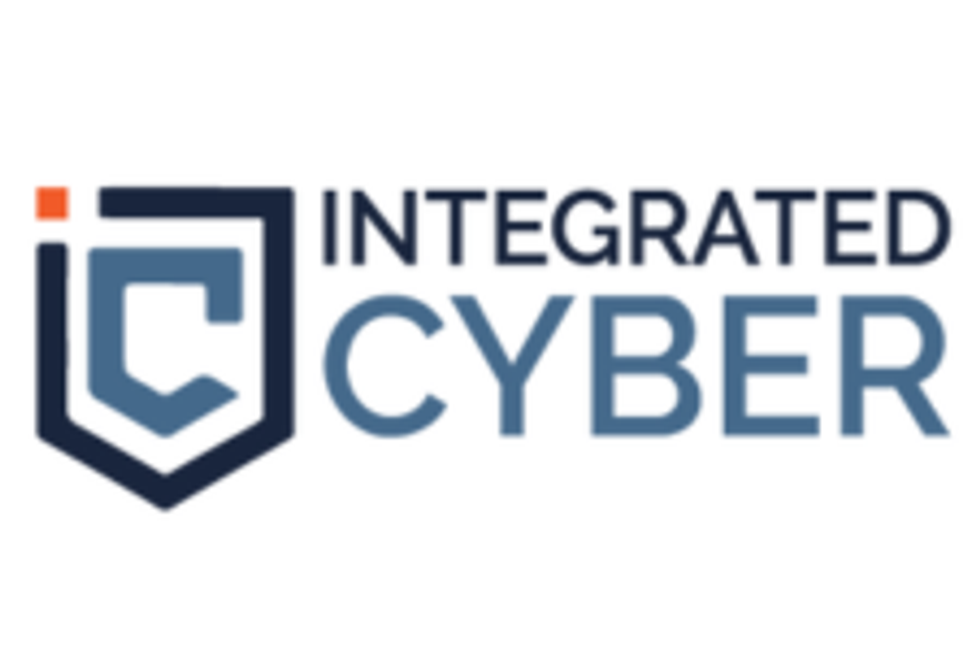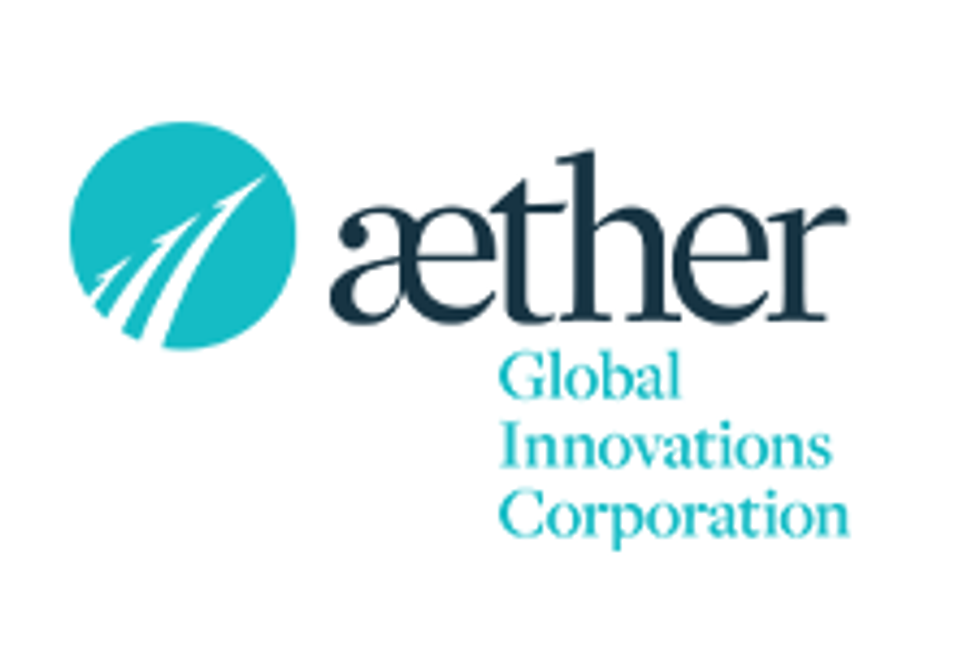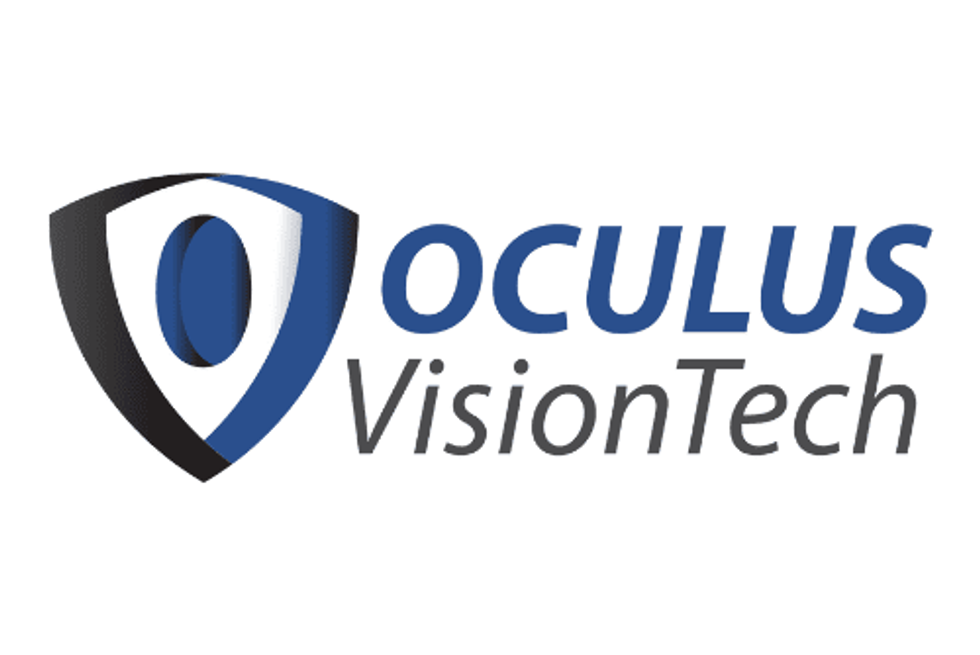
One of the main cybersecurity trends of the new year will be increased viability for the sector.
Cybersecurity will occupy a high profile position in 2016, as industries across the board direct more resources to this area. The most significant commitment to cybersecurity will be seen in the government and healthcare industry, as both recognize the high stakes of cyber attacks.
One of the most important cybersecurity trends in the coming year is an increased emphasis on proactive and preventative cybersecurity measures. Investors would do well to consider this industry, because demand for cybersecurity solutions is set to grow even further in 2016.
Cyber threats could begin to affect physical security
Cybersecurity has been growing in prominence the past several years, with major hacks against Apple (NASDAQ:AAPL), Starbucks (NASDAQ:SBUX), Tesla (NASDAQ:TSLA), Ashley Madison and the U.S. Federal Government giving this industry a high profile. Thus far cybersecurity attacks have targeted personal data, health records, and financial information. They have before never moved into the realm of physical security.
This could change in 2016. The problem is twofold: industries are becoming more and more reliant on the internet and hackers are becoming increasingly sophisticated at cyber attacks. For example, while hospitals move towards automated infusion pumps as a means of reducing the damage caused by human error, the healthcare industry is opening itself to potentially devastating cyber threats. An attack on these medical devices wouldn’t just cause financial damage, it could also cost human lives. Similar threats exist in the realm of national security. As the U.S. Government relies more and more heavily on distance warfare to combat its enemies, the risk of cyber interference becomes more profound and more dangerous.
Politicians must take a proactive approach cyber threats
The increasing severity of cyber attacks necessitates a much more assertive political approach to cybersecurity. In 2015, President Obama stated that “cyberthreats pose one of the most serious economic and national security challenges to the United States, and my administration is pursuing a comprehensive strategy to confront them.”
Cybersecurity remains a hot button issue in the 2016 election campaign, as new presidential hopefuls struggle to articulate the cybersecurity aspects of their plans for national security. The topic came to the forefront in the mid-December’s Republican GOP debate. Candidates received sharp criticism from the press for their apparent ignorance about the internet, underscoring the importance of a strong cybersecurity policy in 2016.
Healthcare industry must respond to increasing incidents of cyber attacks
Healthcare is another area where cybersecurity is going to take center stage in 2016. As the example of automated infusion pumps illustrates, the industry is steadily moving towards greater online connectivity. However, the risk of cyber attack is also growing exponentially, and patients have already felt the damage of cyber assault.
There were enough data breaches in 2015 to make the healthcare industry finally pay attention to the cybersecurity market. One of the most dramatic cyber breaches last year was the hacking of health insurer Anthem’s (NYSE:ANTM) database. According to the Financial Times, hackers accessed the names, social security numbers and birthdays of over 78 million Anthem customers. Investigators speculate that the attacks originated from China, although it remains unclear whether these hackers were hired and, if so, for what reason.
Healthcare hacking is a big business, with a full medical record costing upwards of $2000 on the black market. For the sake of comparison, an individual’s credit card record would only cost about one dollar. There were around 100 million health records hacked in 2015, marking a 100 percent increase from any previous year. And these hacks were larger than ever: the U.S. Department of Health and Human Services reports that eight out of the ten largest healthcare hacks occurred last year.
The problem of medical record hacking is only going to get worse in 2016, and health care professionals must step up to the plate. UK Information Commissioner Christopher Graham criticized the National Health Service for “[holding] some of the most sensitive personal information available, but instead of leading the way in how it looks after that information, the NHS is one of the worst performers.” However, the NHS is committed to change in 2016. A spokesperson stated that “protecting the security of data across government and especially within the health system is a top priority.”
Therefore, one of the most important cybersecurity trends for 2016 is an increased emphasis on the importance of cybersecurity measures, particularly as they related to prevention. Investors would do well to invest in this market because it is set to grow in the coming year.
Securities Disclosure: I, Morag McGreevey, hold no direct investment interest in any company mentioned in this article.



